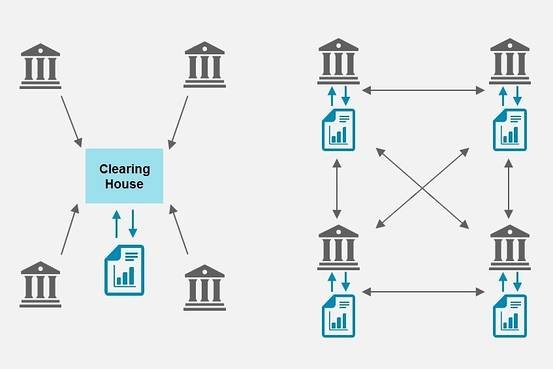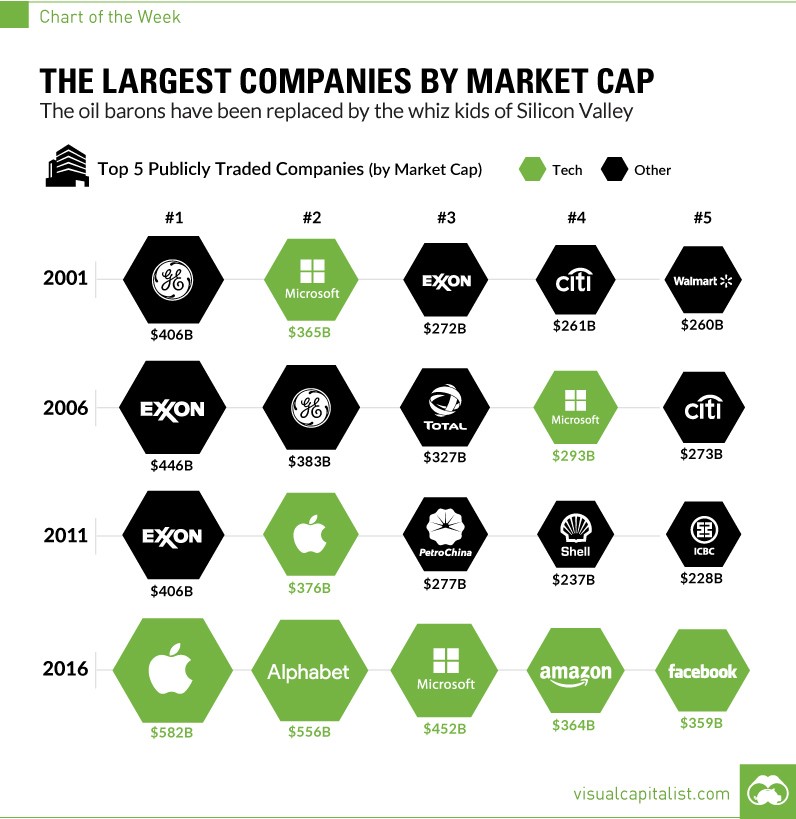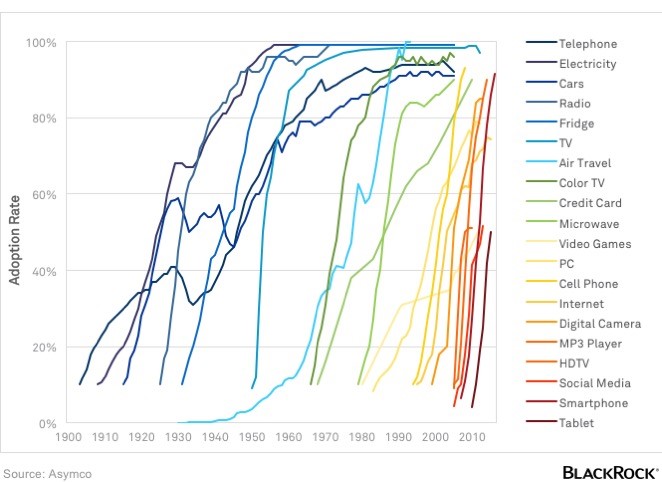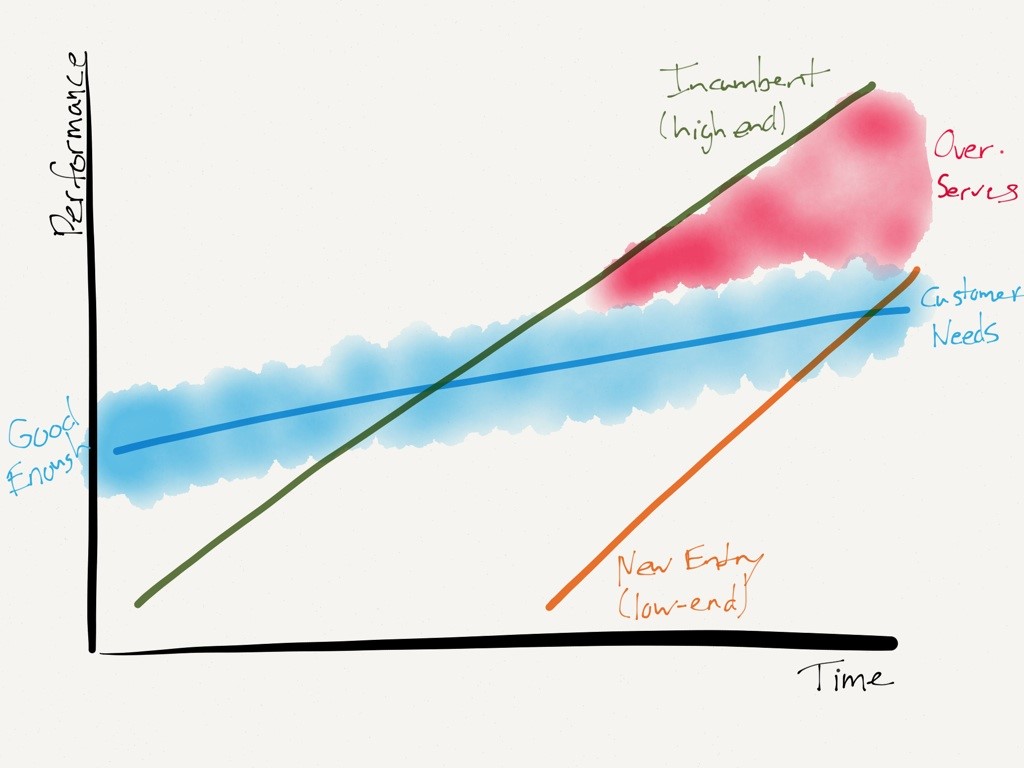I’m excited to welcome SeekOut to our portfolio. SeekOut is a game-changing solution for recruiters and hiring managers to identify and connect with high performers who have a demonstrated track record of solving problems that are relevant to their needs.
In our capacity as the Talent Team at Madrona, Matt Witt and I help our portfolio companies – and the ecosystem at large in greater Seattle – uncover, attract, select and retain a diverse workforce of high performing individuals. We need great tools to do this work. Once every couple of decades a game-changing recruiting tool like SeekOut comes along to provide an order of magnitude advantage over previous solutions. Matt and I took SeekOut out for a spin last year to give feedback to Soma on the capabilities of the product. It didn’t take long for SeekOut to become an extension of our brains and our sourcing platform of choice. We now use it daily and recommend SeekOut to our portfolio companies as one of the most important tools they need for candidate discovery and engagement.
S. Somasegar (Soma) led our investment in SeekOut and he along with the founders, Anoop Gupta and Aravind Bala, know firsthand the pain of recruiting engineers from their days at Microsoft leading teams of engineers on projects with huge scopes. But since Anoop and Arvind were not recruiters by profession they spent a lot of time with their customers and that has paid off with a rich feature set that works for recruiters across a broad set of industries. They have applied the tools they used as engineering leaders on massive computational projects to the problem of matching data on people with the needs of companies that are trying to grow both quickly and intelligently.
“We see a lot of recruiting related solutions focused on the talent market. What made SeekOut stand out was the team’s pursuit of the solution, customer focus and perseverance which has paid off with the incredible customer adoption we have seen this year since the launch of the product,” commented Soma.
SeekOut recognized there is significant room to go beyond the open web or LinkedIn in terms of both data sources and ML/AI and with that, provide better insights on candidates in competitive markets. SeekOut leverages self-reported data from platforms like LinkedIn (what individuals say they’ve done) and performance data like GitHub and Patents/Publications databases (what they’ve actually done) and who they actually are (pedigree, work history, geography and specific demographics including diversity and contact information). The result is a massive, dynamic database that is constantly being updated to more effectively reach out to highly relevant candidates. We recently published our investment themes and SeekOut is a perfect example of our intelligent app category – they are taking a huge amount of raw data, organizing it and applying intelligence to it to deliver better outcomes for users.
Anoop and Aravind also found that SeekOut made it possible for non-technical recruiters to gauge the relative merits of engineering candidates based on the quality of their work products. Gauging engineering talent is something most non-engineers find impossible to do and is a constant source of frustration between engineering leaders and tech recruiters. SeekOut’s advanced features help recruiters dissect keywords to their root and suggests derivatives and alternatives while simultaneously learning about use cases and teaching recruiters what the terms actually mean. This gives recruiters the ability to go fast and compete more successfully.
As recruiters on the front lines, we can tell you that no other tool does this combination of things as well as SeekOut. Another recruiter told me “I was able to access hundreds of candidates through SeekOut that I hadn’t ever seen before on LinkedIn. It has been powerful specifically searching for female engineering managers. I’ve recently started looking at Data Science as well, and it feels like I’ve found a gold mine!”




